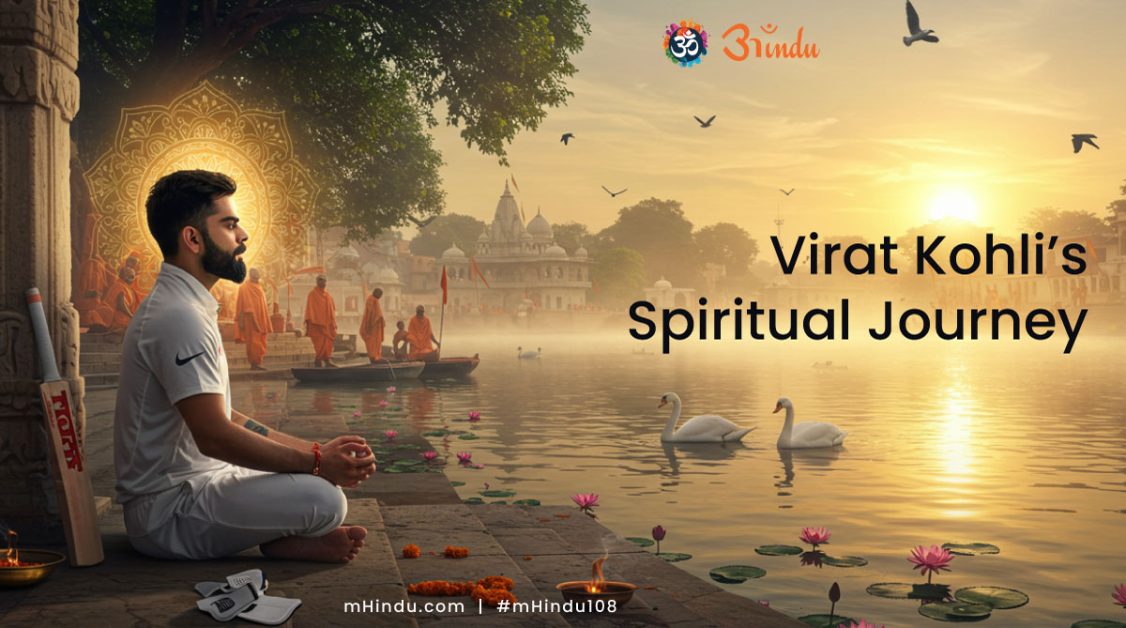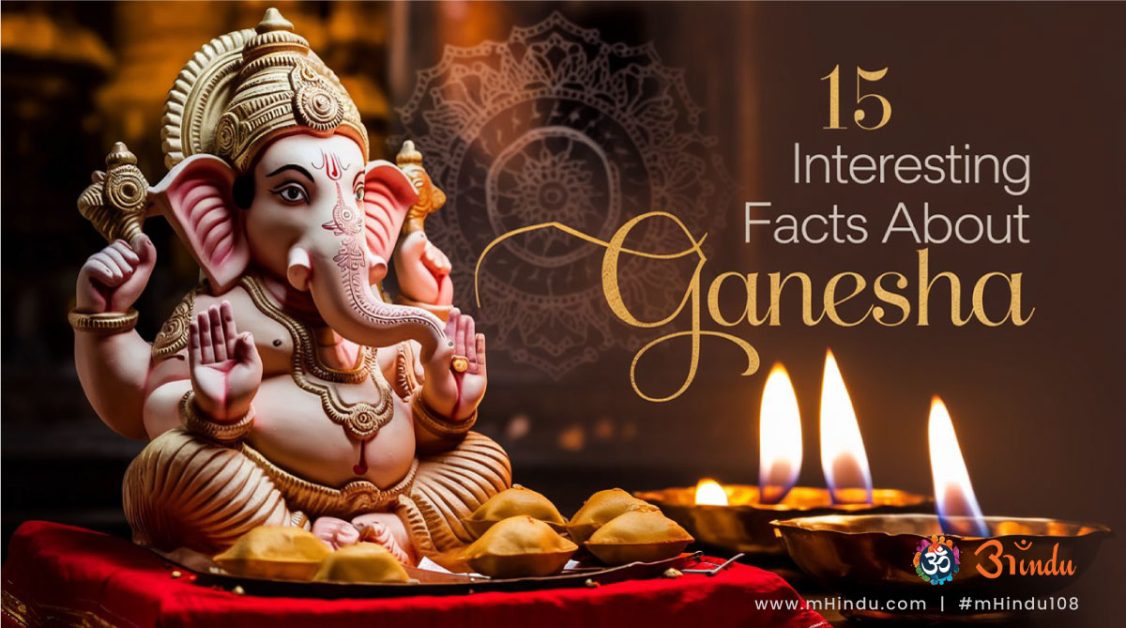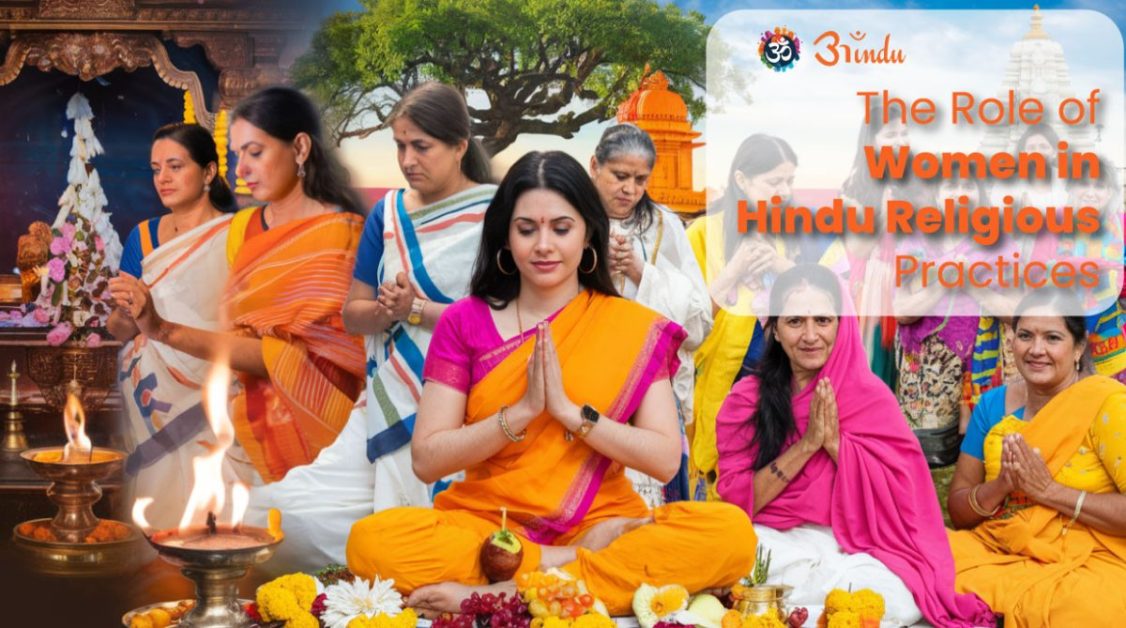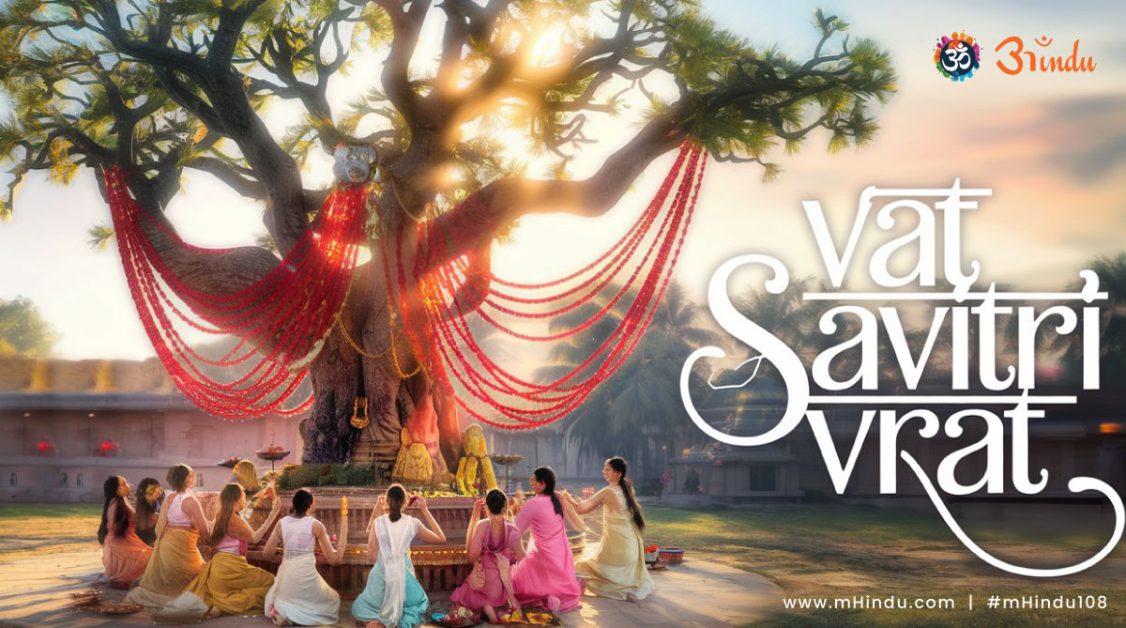
Introduction: When the Bat Meets the Beads
In a land where cricketers are revered as demigods, and saints guide the soul of a civilization, something remarkable is unfolding. As the cricket world buzzed with emotions over the retirement of a modern great, a quieter, deeper story was blooming — the Virat Kohli spiritual journey. His bat may have rested, but the beads in his hand began to turn. A new innings was about to begin — one of inner exploration, devotion, and the eternal embrace of Sanatan Dharma.
Explore Blog Content
ToggleJust days after announcing his retirement from Test cricket, Virat Kohli — accompanied by his wife Anushka Sharma — was seen walking barefoot through the sacred soil of Vrindavan, the land of Krishna’s leelas. They visited the serene Radha Kunj Ashram, seeking the blessings of Premanand Maharaj, a revered saint known for his profound grasp of Vedic wisdom. This wasn’t a social visit, nor a public appearance. The duo sat among devotees, heads bowed, hands folded — blending into a spiritual rhythm older than time.
Why would a global sports icon, once known for his aggression and competitiveness, turn so gracefully inward? Why would he trade roaring stadiums for the silence of sadhana? The answer lies not just in Kohli’s personal evolution, but in the eternal truths of Sanatan Dharma — that no matter the stature or success one attains, the soul eventually longs to return home.
“Na hi jñānena sadṛśaṁ pavitram iha vidyate.”
(Bhagavad Gita 4.38)
“In this world, there is nothing so purifying as spiritual knowledge.”
Virat Kohli’s spiritual journey is not just a story of a man retiring from cricket. It is the story of every seeker who, after conquering the world, realizes that the real conquest lies within.
Why is Virat Kohli turning spiritual now?
Virat Kohli’s recent spiritual activities — including ashram visits, mantra chanting, and seeking blessings from saints — reveal a personal desire to find peace beyond fame. According to media reports and spiritual circles, his retreat to Vrindavan marked a conscious turning point, aligning his lifestyle with Sanatan Dharma’s inner path.
What is the meaning of Sanatan Dharma in Kohli’s context?
Sanatan Dharma isn’t just about rituals. It’s the eternal duty, a path of self-realization, compassion, discipline, and surrender to divine truth. Kohli’s engagement with saints, visits to sacred temples, and visible changes in his demeanor reflect an initiation into this ancient way of being.
The Vrindavan Visit — Seeking Blessings from Premanand Maharaj
It was an early January morning when the first visuals surfaced. A barefoot Kohli and Anushka were spotted at the Radha Kunj Ashram in Vrindavan, receiving blessings from Premanand Maharaj. Dressed in modest, traditional clothes and with folded hands, the couple sat humbly amid bhajans and spiritual chants. This was not a PR event. This was Virat Kohli Premanand Maharaj Vrindavan, the real version — unfiltered, authentic, and deeply symbolic.
Premanand Maharaj, a respected figure in Bhakti tradition, is known for his unwavering devotion to Radha-Krishna and his ability to stir bhakti rasa (devotional essence) in the hearts of seekers. The moment Maharaj placed his hand on Kohli’s head and gently asked, “Prasanna ho?” (Are you at peace?), millions felt the weight of that question. Was the fierce fighter of world cricket finally looking inward?
This scene became iconic not because it was sensational, but because it was sincere. At a time when celebrities chase flashier headlines, Kohli chose humility, spirituality, and silence. The teachings of Sanatan Dharma began to shine in his life.
“Sarva-dharmān parityajya mām ekaṁ śharaṇaṁ vraja.”
(Bhagavad Gita 18.66)
“Abandon all varieties of dharma and simply surrender unto Me.”
Virat Kohli’s spiritual journey is a walk on this path of surrender — not to religion, but to truth.
This event triggered a cascade of Google searches and social media discussions. Indians across age groups began typing “Virat Kohli Premanand Maharaj Vrindavan” into their search bars. People wanted to know who Maharaj was, why Kohli chose him, and what this meant for his post-cricket life. Some fans saw it as a PR stunt, but millions felt it — this wasn’t temporary. It was a soul’s calling.
Who is Premanand Maharaj, and why did Kohli meet him?
Premanand Maharaj is a respected spiritual teacher in Vrindavan known for his teachings on Bhakti Yoga and divine love. Kohli’s visit to him symbolizes a shift from external victories to internal truth, where guidance from a saint can illuminate one’s real path.
What happened during Virat Kohli’s visit to the Vrindavan Ashram?
Kohli and Anushka participated in spiritual discourses, sat in devotion, and received Maharaj’s blessings. They stayed for hours, away from cameras, immersed in satsang and the simplicity of ashram life — something that touched the hearts of traditional and modern Hindus alike.
The Many Paths — From Neem Karoli Baba to Mahakaleshwar
While the Vrindavan visit sparked national curiosity, it wasn’t Kohli’s only spiritual step. Over the past few years, he and Anushka Sharma have quietly visited some of the most sacred spiritual sites in India. These include the Neem Karoli Baba Ashram in Uttarakhand and the Mahakaleshwar Temple in Ujjain — both revered spaces in Sanatan Dharma and increasingly becoming places of pilgrimage for modern seekers.
The Virat Kohli Neem Karoli Baba ashram visit was discreet but powerful. Neem Karoli Baba — affectionately called Maharajji by devotees — is a 20th-century saint whose teachings emphasized bhakti, service, and simplicity. The ashram, visited by figures like Steve Jobs and Mark Zuckerberg, is known for spiritual breakthroughs. For Kohli, the visit was a soul-deep retreat into quietude — far from the loud roars of cricket stadiums.
From Uttarakhand to Mahakaleshwar in Ujjain, Kohli’s steps continued. He was seen chanting “Har Har Mahadev” — the war cry of Shiva’s devotees. The Virat Kohli Mahakaleshwar temple Ujjain visit was significant, not just religiously but culturally. Here was a man of immense fame, bowing before one of the twelve Jyotirlingas — humbling himself before time itself.
“Śivaṁ śāśvataṁ śāntaṁ padamavyayam aprameyam.”
(Shiva Purana)
“Shiva is eternal, peaceful, the highest refuge, and beyond comprehension.”
This phase of Virat Kohli’s spiritual journey shows his willingness to walk multiple paths — Bhakti (devotion), Shaivism (worship of Shiva), and Guru-centered surrender.
Why did Virat Kohli visit Neem Karoli Baba’s ashram?
Kohli’s visit to Neem Karoli Baba’s ashram signifies a desire to align with saints known for selfless service and pure devotion. The ashram is a quiet center for reflection, often sought by those undergoing major life transitions.
What is the significance of Mahakaleshwar Temple in Kohli’s journey?
Mahakaleshwar, one of the 12 Jyotirlingas, represents divine power and time. Kohli’s visit shows his surrender to a force larger than fame — a spiritual shift toward Sanatan Dharma’s deeper wisdom.
Virat Kohli Sanatan Dharma — Embracing Eternal Values
The soul of Sanatan Dharma isn’t housed in rituals or dogma — it thrives in quiet reflection, right action, and surrender to dharma. For Virat Kohli, the realization came not through discourse but direct experience. As the flashbulbs faded and applause settled, what remained was the need to connect — to something eternal.
The phrase “Virat Kohli Sanatan Dharma” may seem surprising to many who remember the feisty captain with a fiery bat. But to those who understand the journey from karma to dharma, it is the most natural evolution. Sanatan Dharma, often misread as merely religion, is a universal framework for righteous living — and Virat seems to be walking this path with deliberate grace.
What changed? Sources close to the star say Kohli now starts his mornings with mantra japa (chanting), reads spiritual texts, and keeps moments of solitude for meditation. Even his dietary choices, which once aligned with a fitness-only goal, are now guided by sattvik principles — rooted in purity of body, mind, and soul.
“Ahimsa satyam asteya shaucham indriya-nigrahah.”
(Manusmriti 6.92)
“Non-violence, truth, non-stealing, purity, and self-restraint — these are the dharmas of seekers.”
This is Sanatan Dharma in practice — not preaching. In Kohli’s journey, we see the echo of Arjuna’s inner struggle in the Bhagavad Gita. Caught between material duty and spiritual call, the Gita teaches us that fulfillment arises when both are balanced.
What does Sanatan Dharma mean in Virat Kohli’s life?
Sanatan Dharma for Kohli means realigning his life with eternal values — truth, humility, devotion, and discipline. It’s not just temple visits, but an inner transformation in thought and action, consistent with his deeper spiritual awakening.
How does Virat Kohli follow Sanatan Dharma daily?
From mantra chanting to maintaining sattvik routines and seeking guidance from saints, Kohli lives Sanatan Dharma by integrating spirituality into everyday life. It’s visible in his silence, his simplicity, and his inner-centered calm.
Celebrity Influence and the Rise of Dharmic Conversations
When a global icon embraces the sacred, millions take notice. That is the power of a public figure walking the dharmic path. The Virat Kohli spiritual journey isn’t just personal — it’s profoundly cultural.
After his visit to Premanand Maharaj in Vrindavan, social media lit up. Hashtags like #ViratKohliPremanandMaharaj and #ViratKohliSpiritualJourney trended for days. News anchors debated his transformation, and Instagram pages shared clips of him bowing before saints. For a generation often distanced from temples and traditions, Kohli became an unlikely bridge.
Suddenly, being “spiritual” wasn’t uncool. In fact, it was aspirational. Boys who once wore jerseys now searched for “Neem Karoli Baba teachings.” Girls who followed his cricket stats began quoting his visits to Mahakaleshwar temple in Ujjain. In these ripples, Sanatan Dharma found fresh air.
But there’s more: Kohli’s journey sparked a deeper question among youth — “What comes after success?” In the Indian psyche, that answer is almost always spiritual. Kohli’s life, post-retirement, is mirroring that timeless truth.
“Yad yad ācharati śhreṣhṭhas tat tad evetaro janaḥ.”
(Bhagavad Gita 3.21)
“Whatever a great person does, others follow. Whatever standard he sets, the world pursues.”
By choosing saints over salons, temples over red carpets, Kohli isn’t rejecting modernity — he’s harmonizing it with heritage. And that is the real resonance of his journey.
How is Virat Kohli influencing public interest in spirituality?
Kohli’s visible devotion — from visiting temples to sitting in satsangs — has normalized spirituality in mainstream spaces. His authenticity encourages millions to re-explore Sanatan Dharma without fear of judgment.
Why are celebrities like Virat Kohli turning toward saints and sadhus?
Many celebrities seek deeper peace beyond fame. Saints like Premanand Maharaj or Neem Karoli Baba offer timeless wisdom and grounding. Kohli’s turn toward them reflects a universal human need — to return to one’s spiritual roots.
Beyond the Stadium — Daily Sadhana in Virat Kohli’s Spiritual Journey
Once, Virat’s mornings began with cricket drills and fitness regimens. Now, they include japa mala, rudraksha, and silence. The man who tamed bowlers across the world is now learning to tame his own mind.
In photos released from Neem Karoli Baba’s ashram, he’s seen sitting cross-legged in deep thought, surrounded by bhakts (devotees). At the Mahakaleshwar temple in Ujjain, he’s witnessed chanting “Har Har Mahadev” with the fervor of a true bhakta, not a tourist.
So, what does daily sadhana look like for Kohli?
- Japa & Mantra – Kohli uses a tally counter ring, worn like a digital mala, to silently chant during travel and breaks.
- Scripture Reading – He’s reportedly reading the Bhagavad Gita and texts like Autobiography of a Yogi.
- Dietary Discipline – A follower of sattvik eating, Kohli avoids tamasic foods, aligning food with mood.
- Silence & Reflection – Meditation, journaling, and time in solitude form part of his off-field regimen.
This is not a performative shift — it’s a pilgrimage from ego to essence. In fact, those close to him suggest that Kohli often advises younger players to “pause and look inward.” That’s the role of a modern Rishi — not in the forest, but in the locker room.
“Man eva manuṣhyāṇāṁ kāraṇaṁ bandha-mokṣhayoḥ.”
(Bhagavad Gita 6.5)
“The mind alone is the cause of bondage or liberation.”
Kohli’s daily practices show how Virat Kohli spiritual journey isn’t about running from the world — it’s about living in it with deeper awareness.
What spiritual practices does Virat Kohli follow daily?
Kohli practices japa (mantra chanting), meditation, and follows a sattvik lifestyle. He blends spiritual sadhana with his routine, showing that inner growth can coexist with public life.
What does Virat Kohli’s tally ring mean spiritually?
The digital tally ring is a modern japa counter used to silently recite mantras — like Om Namah Shivaya — throughout the day. It’s a subtle sign of devotion, discipline, and mindfulness.
A Reflection for the Nation — Youth, Dharma, and a Role Model Reimagined
In every era, India produces heroes. Some swing swords, some swing bats. But the greatest heroes are those who turn inward, who inspire not by dominating others but by mastering themselves.
Virat Kohli’s spiritual journey has sparked not just news stories but introspective conversations among India’s youth. From cricket clubs in Ranchi to colleges in Pune, young Indians are asking: “If Kohli can sit at the feet of a guru, why can’t I? If he finds peace in Sanatan Dharma, maybe there’s something here for me too?”
The beauty of Sanatan Dharma lies in its inclusivity — it invites everyone, from the king to the child, the warrior to the artist. Kohli, as both a global icon and a grounded seeker, is making Dharma aspirational again. His transformation proves that you don’t need to renounce the world to be spiritual. You simply need to align your actions with inner truth.
Just like Arjuna on the battlefield, Kohli hasn’t abandoned action — he has simply shifted the motivation behind it. The Virat Kohli Sanatan Dharma connection is becoming a reference point for millions of Indians rediscovering their roots.
“Uddhared ātmanātmānaṁ nātmānam avasādayet.”
(Bhagavad Gita 6.5)
“Elevate yourself by your own self; do not degrade yourself. The self alone is the friend — and the enemy — of the self.”
Through this lens, Kohli is not just uplifting himself — he’s lifting a generation.
What impact has Virat Kohli’s spiritual journey had on Indian youth?
Kohli’s public devotion to saints, temples, and inner peace has made spirituality relatable and admirable for the youth. It has encouraged many to revisit Indian traditions like japa, sadhana, and Sanatan Dharma.
Is Virat Kohli becoming a spiritual role model?
Yes. While still a cricket icon, Kohli is emerging as a modern-day dharmic role model — someone who balances material success with deep spiritual grounding. His humility, devotion, and discipline are resonating far beyond the pitch.
Summary — From Century-Maker to Seeker of the Eternal
Virat Kohli’s spiritual journey is not a phase. It’s a pilgrimage.
He isn’t retiring into irrelevance. He is re-rooting himself in relevance that is timeless. From the grand sanctums of Mahakaleshwar temple Ujjain to the silent satsangs of Premanand Maharaj in Vrindavan, Kohli has traded the cheers of crowds for the calm of consciousness.
He is showing India that dharma is not a costume you wear on festival days — it’s the soul you return to when the applause fades. When the record books close, what remains is śraddhā (faith), bhakti (devotion), and jñāna (wisdom).
As young Indians scroll through reels of Kohli in temples, chant beads in hand, they are not just watching a sportsman — they are watching themselves reflected back. Kohli has gone from being a champion of cricket to a champion of culture, without ever saying a word.
This is Sanatan Dharma — eternal, evolving, accessible. And this is Kohli’s greatest innings yet.
FAQs
Q1. What is Virat Kohli’s spiritual journey about?
Virat Kohli’s spiritual journey reflects his personal evolution after retirement — turning inward through temple visits, spiritual guidance from saints, and aligning with Sanatan Dharma.
Q2. Why did Virat Kohli visit Premanand Maharaj in Vrindavan?
Kohli visited Premanand Maharaj in Vrindavan to seek blessings and spiritual clarity after retiring from cricket, marking a deeper turn in his faith and life choices.
Q3. What role did Anushka Sharma play in Virat Kohli’s spiritual journey?
Anushka Sharma’s strong spiritual inclination influenced Kohli’s own path, with both visiting ashrams like Neem Karoli Baba’s and saints like Premanand Maharaj together.
Q4. What is the significance of Virat Kohli’s visit to Mahakaleshwar temple Ujjain?
The Mahakaleshwar visit symbolized Kohli’s reverence for Lord Shiva and his surrender to higher dharmic forces, reinforcing his identity within Sanatan Dharma.
Q5. Is Virat Kohli a follower of Neem Karoli Baba?
While not officially declared, Kohli has visited Neem Karoli Baba’s ashram, indicating his admiration and connection to the saint’s teachings of devotion and simplicity.
Q6. What is the meaning of Virat Kohli Sanatan Dharma alignment?
It refers to Kohli’s shift towards eternal values like discipline, purity, humility, and spiritual growth — all core tenets of Sanatan Dharma.
Q7. Does Virat Kohli follow daily spiritual practices?
Yes, Kohli includes daily spiritual practices mantra chanting, meditation, reading spiritual texts, and sattvik living as part of his routine post-retirement life.
Q8. How has Virat Kohli’s spiritual journey impacted Hindu youth?
His journey has inspired many to explore Hindu spirituality, visit temples, read scriptures, and understand the values of Sanatan Dharma in daily life.







